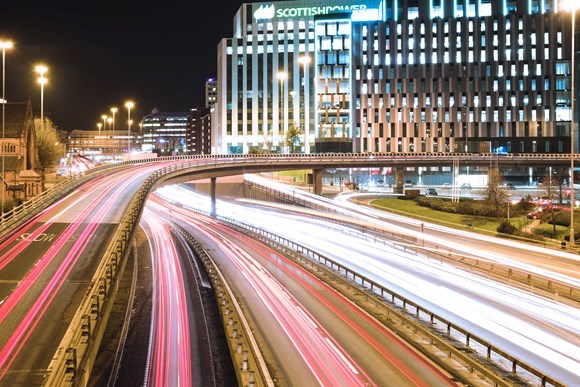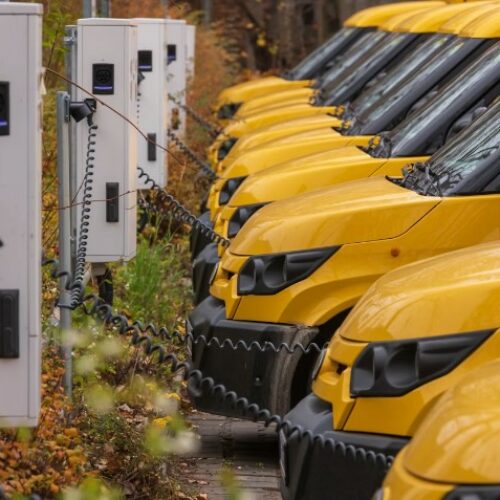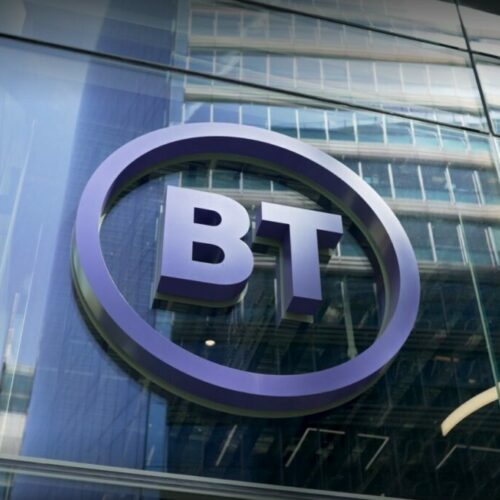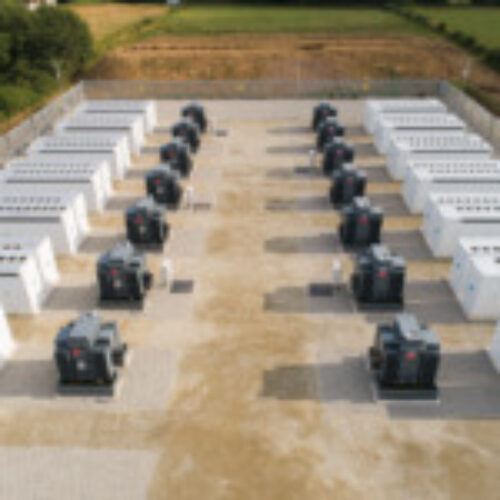The Energy Networks Association (ENA) has released its own Ten Point Plan, highlighting the role of networks in supporting offshore wind, electric vehicles (EV) and hydrogen.
It follows the release of Prime Minister Boris Johnson’s recent Ten Point Plan for climate action in November, which the ENA branded “the most significant policy intervention for the energy industry in nearly ten years”.
The Networks’ Ten Point Plan includes supporting increased levels of offshore wind by consolidating connections to minimise disruption onshore, as well as work on hybrid interconnections to make the networks smarter.
Support for electric and hydrogen buses forms the second point in the plan as public transport increasingly switches to low-carbon alternatives. In particular, electric bus depots in large cities like London will need innovative solutions and network reinforcement to allow them to manage such a large demand in a constrained area. Already there are projects looking at how best to facilitate this such as the Bus2Grid project run by SSE, UKPN and other partners and Siemens’s bus charging project in West London.
Other transport, in particular ‘Jet Zero’ and green maritime will also need greater support from networks. A later point in the plan also highlights the key role networks will play in rolling out EV infrastructure, ensuring that the grid can cope with the increased demand. This includes launching ground-breaking pilot projects to examine the benefits of vehicle-to-grid and digitalisation.
In order to make buildings greener and warmer, more heat pumps and hydrogen ready boilers will need to come to market. In Johnson’s plan, a target of 600,000 heat pump installations a year was set from 2028. To reach this point, network operations will have a key role to play in ensuring the rollout can happen safely, speedily and at low cost to the consumer, stated the ENA.
Fifth in the ENA’s plan is the need to develop hydrogen networks, pointing to a number of trials such as Hydeploy, HyNet, H21 and others. Further investment will be needed in hydrogen networks as well as electricity networks, with the ENA pointing to more than £100 billion of investment in networks since 1990. This will need to continue apace to support flexibility and the “seismic shift” to fully decarbonised heat, transport and power.
Eight and nine in the Networks’ Ten Point Plan focus on protecting and restoring the natural environment and nuclear power, with the ENA supporting more nuclear power to provide stability to the electricity network.
The final point focuses on the need for carbon capture and storage (CCS), in particular with blue hydrogen – that generated by natural gas combined with CCS in order to make it carbon neutral – which is expected to play a key role in the UK’s decarbonisation. This follows the Climate Change Committee releasing its Sixth Carbon Budget at the beginning of the week, which included a strong emphasis on the role hydrogen – both blue and green – will play in reaching net zero by 2050 and the interim target of 78% by 2035.
David Smith, chief executive at ENA, said the UK’s network operators have helped to make the nation a “superpower of renewable energy”, a role that will be “supercharged” further by the Prime Minister’s Ten Point Plan, “taking that decarbonisation further and faster”.
“We are the foundation on which climate action will be built, whether it’s a hydrogen bonanza, slashing emissions from heat and transport or protecting the natural environment we look forward to supporting skilled, green jobs and cutting the country’s emissions at best value and least disruption to the public.”





